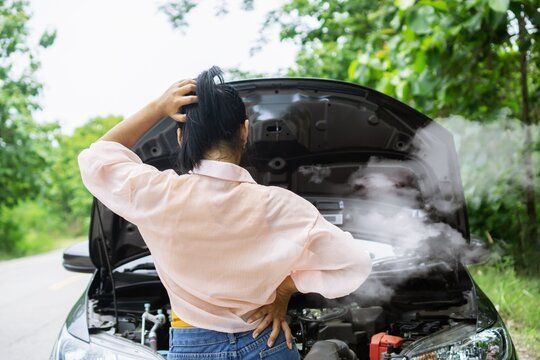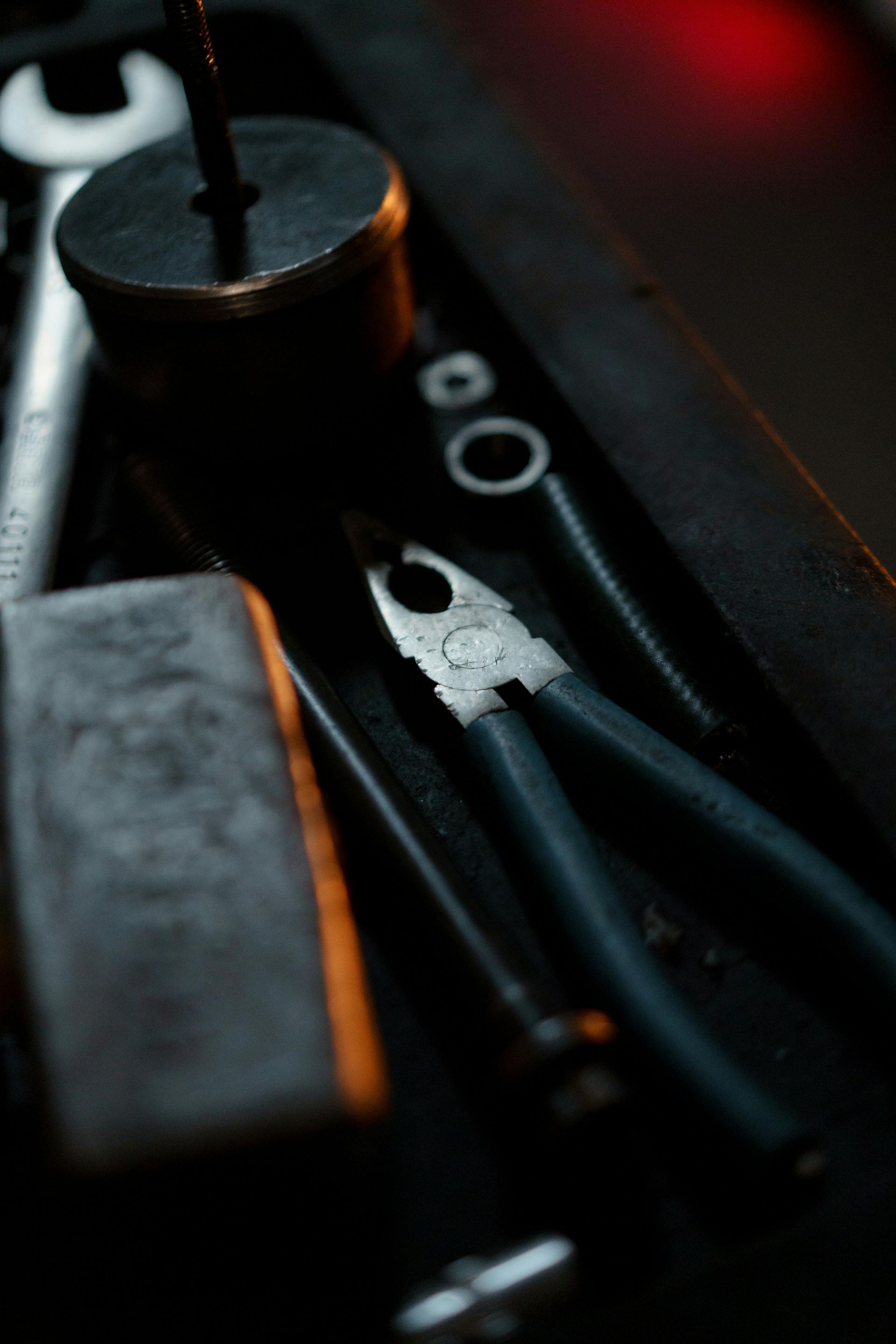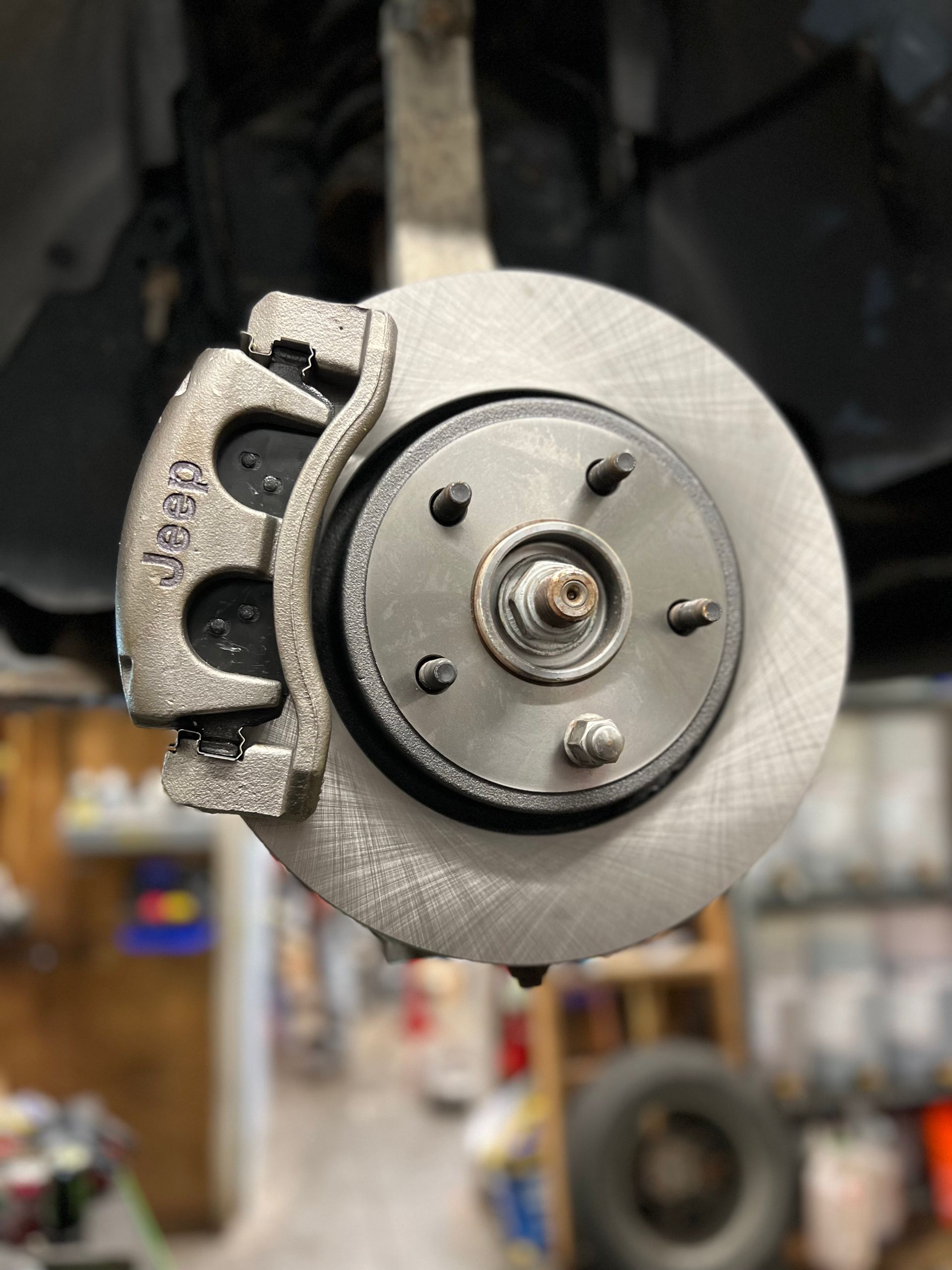The Impact of Summer Heat on Your Vehicle’s Transmission
What You Need to Know About The Impact of Summer Heat on Your Vehicle’s Transmission:

Summer is synonymous with road trips, beach outings, and family vacations. However, the rising temperatures can also spell trouble for your vehicle, particularly its transmission. Understanding how summer heat affects your transmission and what steps you can take to mitigate these effects is crucial for maintaining your car’s performance and longevity.
1. Increased Transmission Fluid Temperature
Transmission fluid plays a vital role in lubricating and cooling the transmission. During the hot summer months, ambient temperatures can cause the transmission fluid to heat up beyond its optimal operating range. High fluid temperatures can lead to:
- Decreased Lubrication: As the fluid heats up, it becomes less viscous, reducing its ability to lubricate transmission components effectively.
- Oxidation: Excessive heat can cause the fluid to oxidize and break down, forming sludge and varnish that can clog the transmission’s internal components.
- Increased Wear and Tear: Reduced lubrication and fluid breakdown can accelerate wear on the transmission’s moving parts, potentially leading to premature failure.
2. Thermal Expansion and Pressure Buildup
Metals expand when heated, and your vehicle’s transmission is no exception. The extreme heat can cause the transmission’s metal components to expand, potentially leading to:
- Fluid Leaks: Expansion can create gaps in seals and gaskets, leading to fluid leaks. Low transmission fluid levels can cause overheating and damage.
- Pressure Buildup: Increased temperatures can lead to higher internal pressure, which can strain seals and gaskets, increasing the risk of leaks.
3. Heat-Induced Electronic Failures
Modern transmissions are equipped with various electronic components and sensors that monitor and control their operation. High temperatures can adversely affect these electronics, leading to:
- Sensor Malfunction: Heat can cause sensors to provide inaccurate readings or fail entirely, leading to improper transmission operation.
- Electronic Control Unit (ECU) Damage: The ECU, which controls the transmission, can overheat, leading to erratic shifting or failure.
4. Preventive Measures to Protect Your Transmission
To keep your transmission in top shape during the summer heat, consider the following preventive measures:
- Regular Maintenance: Schedule regular transmission fluid changes and inspections. Fresh fluid can help maintain optimal lubrication and cooling.
- Use High-Quality Fluids: Invest in high-quality transmission fluid designed to withstand higher temperatures. Synthetic fluids often offer better heat resistance.
- Install a Transmission Cooler: If you frequently drive in hot climates or tow heavy loads, consider installing an auxiliary transmission cooler to help dissipate heat.
- Monitor Fluid Levels: Regularly check your transmission fluid levels and top up as necessary to ensure adequate lubrication and cooling.
- Inspect Seals and Gaskets: Regularly inspect seals and gaskets for signs of wear or leaks. Promptly address any issues to prevent fluid loss.
- Avoid Overloading: Heavy loads can put additional strain on your transmission, increasing heat generation. Avoid overloading your vehicle, especially in hot weather.
5. Signs of Transmission Trouble
Being aware of the signs of transmission trouble can help you address issues before they become serious problems:
- Overheating: If you notice a burning smell or the transmission temperature warning light comes on, it may indicate overheating.
- Fluid Leaks: Puddles of red or brown fluid under your vehicle can indicate a transmission fluid leak.
- Erratic Shifting: If your transmission is shifting erratically or slipping, it may be a sign of overheating or fluid problems.
- Delayed Engagement: If there is a delay when shifting from park to drive or reverse, it could indicate fluid or pressure issues.
Conclusion
Summer heat can take a toll on your vehicle’s transmission, but with proper maintenance and preventive measures, you can protect it from the damaging effects of high temperatures. Regularly check your transmission fluid, inspect seals and gaskets, and consider investing in high-quality fluids and a transmission cooler. By staying vigilant and proactive, you can ensure your transmission remains in peak condition, allowing you to enjoy your summer adventures without worry.














